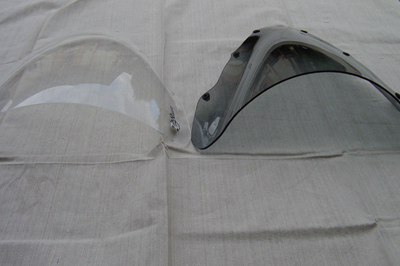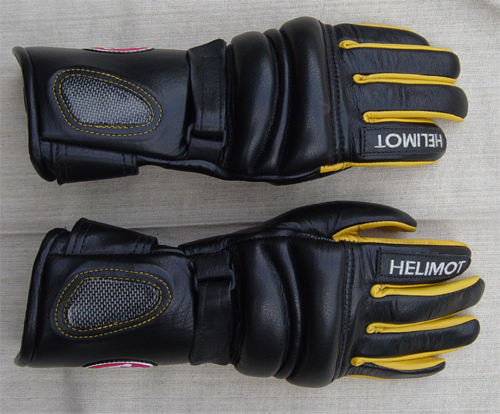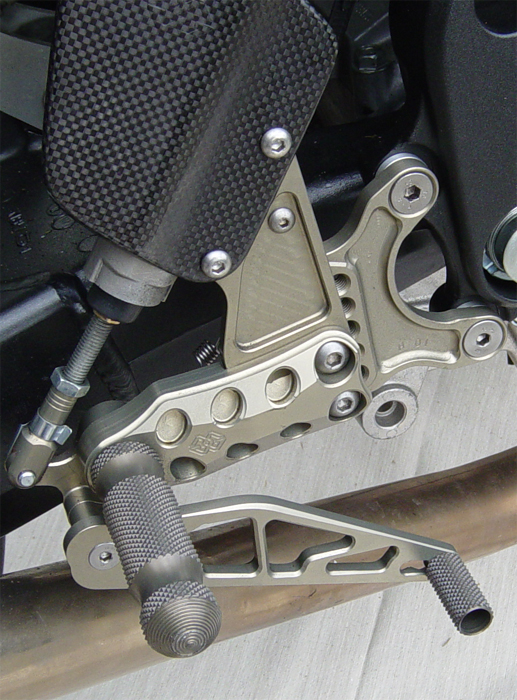Buy Puig windscreens at Amazon.com.
Introduction
It was less than 48 hours until we were supposed to be at the track and I needed a new windscreen. Okay, I wanted a new windscreen. Mine was scratched and old and, although I'm typically not one for vanity, the track day was mostly made up of Ducatis and I was bringing a Honda. I stopped at my local dealership to pick up a windscreen. (Normally I would order one online, but time was short.) They said they could order me a Zero Gravity windscreen and it would arrive the following morning, in time for my track day. Being familiar with Zero Gravity's product, I gave them the green light and headed to another dealership to cover my bases—just in case the "following morning" was actually next week. The alternate dealership had a Puig Racing windscreen in stock. Figuring a windscreen in hand was worth two the morning of the track day, I purchased the Puig as well.
I admit I wasn't familiar with Puig products, but seeing the windscreen in person before buying it put me at ease. The windscreen seemed well made, robust, and I liked the "bubble" form of the Racing series. I'm not a small person by any means and when you're on a 5-year-old 600 constantly going up against liter-bikes on the straightaway, any aerodynamic advantage—whether perceived or real—can help.
Puig (tinted) vs. Zero Gravity (clear):

Impression
Both were roughly $70 and both were easy to install. Each seem of good quality. However, I immediatly noticed a difference in material thickness betwen the two as can be seen below.
Additionally, I liked the "bubble" on the Puig Racing windscreen. In all fairness, Zero Gravity does offer three different styles: the SR, Double Bubble, and Sport Touring. The "Double Bubble" is akin to Puig's Racing series and the "SR" is akin to Puig's "Standard" series. Given that the Puig screen is made with thicker material and you get the "bubble" for the same price as Zero Gravity's standard SR model, I was happier with my Puig purchase.
Installation
Installation was simple, straightforward, and the same on both screens.
Use
Figuring the Zero Gravity would be very similar to my stock windscreen, I used the Puig at the track. Overall, it performed very well...how can a windscreen really perform badly unless it cracks or flies off? I really liked the racing bubble profile. I'm sure it was a total placebo, but I couldn't attribute making time on 1000cc Ducatis on the straightaway to anything else as I know it wasn't rider skill.
It's worth noting that I have no long-term results yet. I don't know how each responds to prolonged sun exposure, repeated cleaning, abuse at track days, or a crash. I will update my review when I start getting that kind of data.
Conclusion
If I had to return one of the windscreens, I would return the Zero Gravity. Of course I will continue to use both and log future observations.



 Pros:
Pros: Cons:
Cons:








